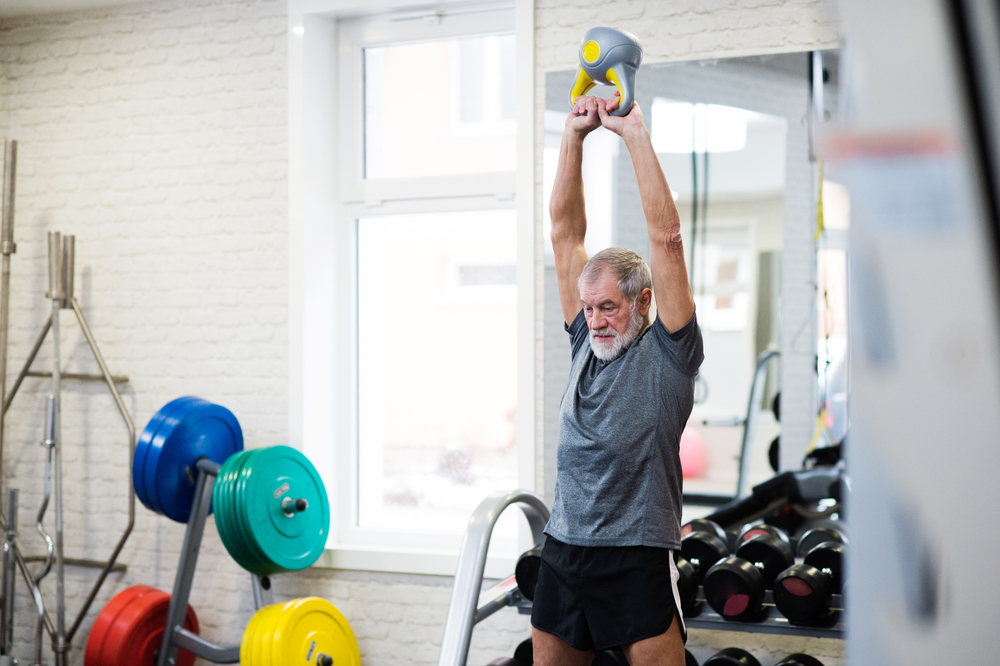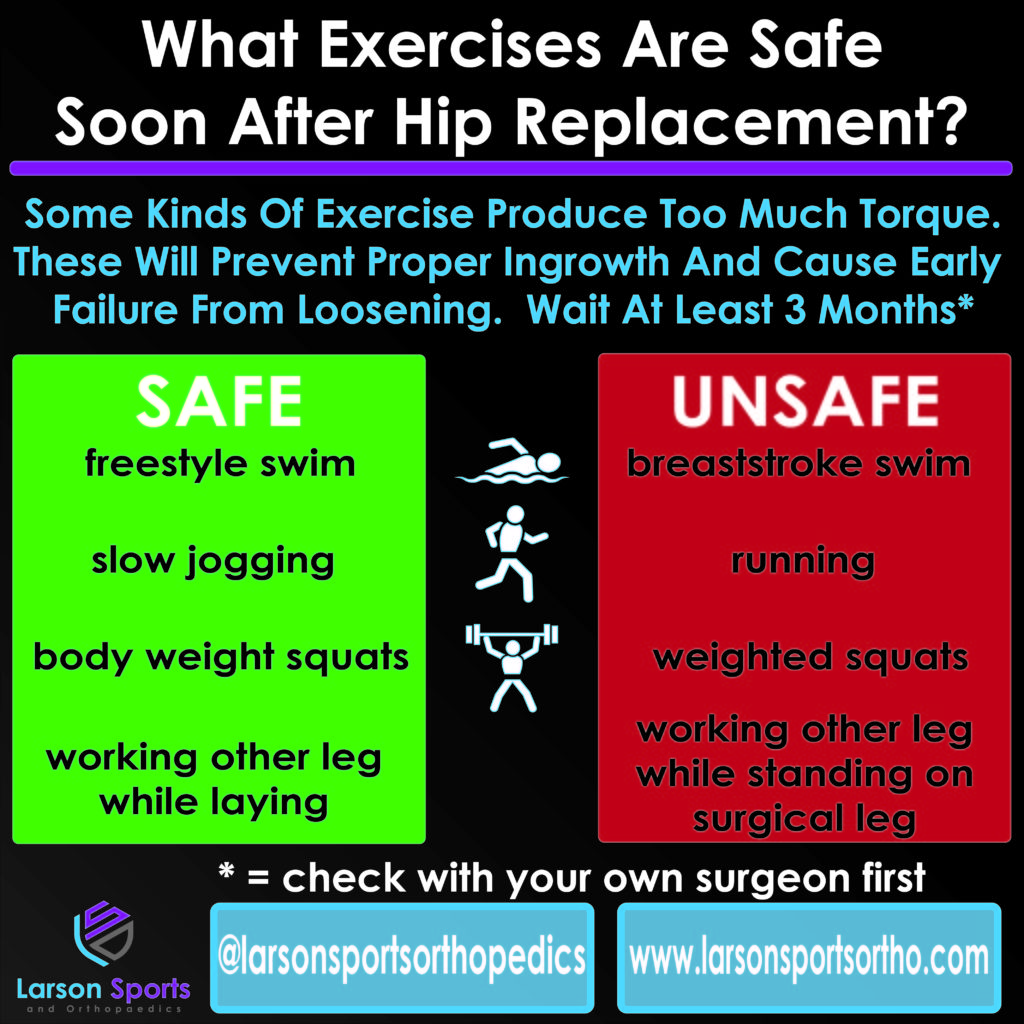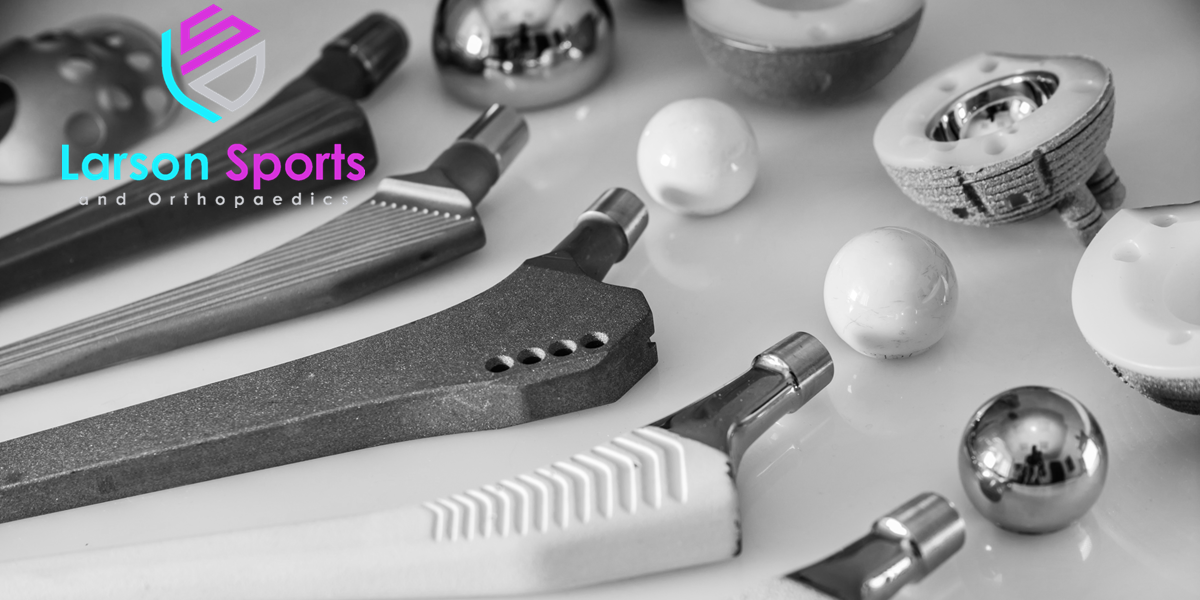When athletic people come to me with an injury, they want to know one thing: when can they go back to the gym? The same is true when people have a big surgery, like a hip replacement. Hip replacements are becoming more common at younger ages, as people are staying active longer. And these people often want to know which exercises are safe and which are exercises to avoid after hip replacement.
In the long term, it’s safe to go back to most, if not all, kinds of exercise after a total hip replacement. We cover that in our other post: The Bionic Athlete. But in the short term, there are a lot of unexpected ways you can ruin your hip by being too aggressive with your exercise routine.
Let’s start with this:ocial media may be just about the worst place you can look for recommendations. I’ve seen a very prominent coach recently posting videos of their own workouts after a hip replacement. I have to tell you – it’s frightening. And the newest techniques in hip replacement can leave you feeling minimal pain. But remember: Just because you can do something doesn’t mean you should.
Will Anterior Hip Replacements Cause An Epidemic Of Early Loosening?
In the first few weeks after a joint replacement, all the tissue that was dissected to get to the joint has to heal back together. And with traditional hip replacements, there is a moderate amount of pain with activity that prevents you from doing too much.
The popular anterior approach for a hip replacement can greatly reduce the immediate pain of surgery, which is great! The only downside is people feel so good they don’t follow their post-operative precautions. But that could prevent your bone from truly healing into the new hip. And that can lead to early failure.
What Causes Early Loosening Of A Hip Replacement?
Nearly all hip replacements rely on what’s called a “press fit.” The metal implants are wedged tightly into the bone and held there by the compression and friction of that bone and metal interface. But this is just a short-term solution.
For long term durability, the bone has to actually grow into the metal parts of the hip. These metal pieces have a porous coating on the outside with microscopic ridges and valleys. Over time, bone cells to creep in and grow attached to it just like a tree growing around a nearby fence post. And that is what keeps the prosthesis locked in place in the long-term.

Total Hip Replacement: When To Return To The Gym
While the muscles, ligaments, and capsule of the hip heal in just a few weeks the bone healing takes longer. We generally believe that this occurs at the same rate as a broken bone. And we know that it takes between 6 weeks and three months for adults to heal most fractures.
With more detailed studies, like a Bone Scan, we can see the actual activity of the bone cells as they heal. And this tells us that the early healing is just the tip of the iceberg. Studies show that it can take between one and two YEARS for the bone to completely finish remodeling after a hip replacement.
This does NOT mean you need to stay off the hip for two years. In fact, weight-bearing exercise is what tells your bone to keep remodeling and getting stronger. But you do need to take it easy for at least 3 months. You should always check with your own surgeon on the specifics though, each surgery is different.
And you certainly can exercise and should do rehab immediately after a hip replacement. The important thing is not to overdo it. So now that I’ve thoroughly scared you, let me tell you what you actually CAN do immediately after a hip replacement.
Exercises to Avoid After Hip Replacement
Essentially you can’t do anything that produces more than 40 micrometers of motion between the bone and metal. “You just lost me Doc!” I know, I know… stick with me here.
It’s been well-documented that there can be as much as 40 micrometers of motion between the bone and the metal implant before you create problems. Beyond that rage, you will prevent the bone from growing into the hip.
To put that in perspective, that means the metal can wiggle no more than four one-hundredths of a millimeter. Hopefully, you just realized that deadlifting 300 lbs probably exceeds that limit – and you’d be right.
What Does The Research Say About Exercises To Avoid After a Total Hip?
One of the most well-done studies I’ve seen recently was by George Bergman and published in October 2018. In this study, nine patients actually received hip replacements with strain gauges embedded in the hip itself!
In this way, the doctors were able to take accurate measurements of the stress and strain on the hip with different exercises. And these demonstrated a pretty surprising set of results.
What they found, in general, was that it’s important to keep the hip moving and keep the weight light. This allowed the hip to stay lubricated and glide smoothly, reducing the torque and fraction the implants feel.

What Exercises Are Safe After Hip Replacement?
First of all, moving the leg while laying down is a safe motion. Walking, stairs, light jogging, and air squats (body weight to parallel) are all safe to do, as well. What these have in common is there is plenty of motion without pausing.
Unsafe exercises including standing on the surgical leg while exercising the other leg. This requires the operative hip to exert a lot of force. Likewise, single-leg balancing on the operative hip and running both show forces that exceed the acceptable limits routinely.
Similarly, swimming with a freestyle stroke is safe because of the limited motion the hip goes through. A breast-stroke, however, puts too much force and motion on the hip. It regularly exceeds acceptable limits.
This study didn’t specifically look at heavy lifts such as deadlifts or weighted squats. But it did show that air squats just sneak right up to the edge of the acceptable limits. So we know that adding a barbell would push it over the edge.
Biggest Take Away: Don’t Judge Your Recovery by Other People’s
Every hip replacement is different. Some people recover faster or slower. But more importantly, that coach on Insta may be great at training Olympic hopefuls but he knows next to nothing about orthopedic surgery.
Those people have a financial incentive to attract views on social media. But your focus should be on the long term success of your hip replacement. Is squatting 6 weeks earlier really worth taking twenty years off the life of your hip replacement? Sounds like a bad trade to me. After all, there are plenty of reasons you should keep working out into your 60’s, 70’s, and beyond.
Once again, just because you aren’t experiencing much pain immediately after an anterior hip replacement doesn’t mean it’s safe to return to your normal exercise routine. Be safe. Be smart. There’s simply no arguing with biology.

